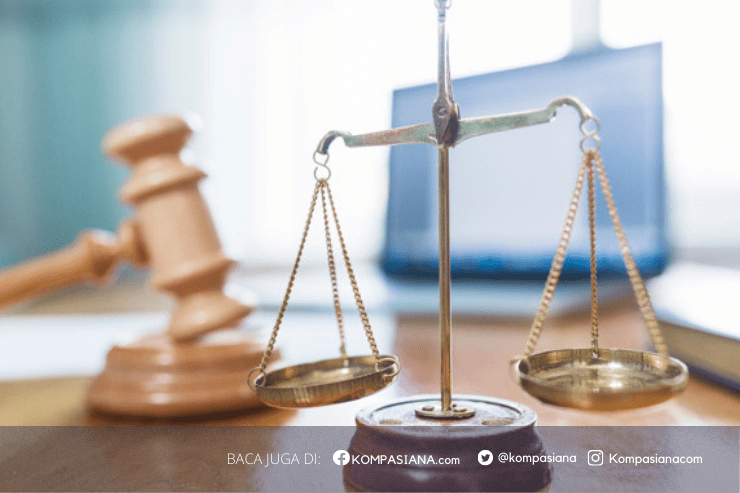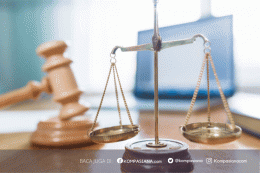Doctrine is a statement or opinion of legal experts. In reality, many opinions of legal experts are widely followed by people and become the basis and consideration in determining the law, either by judges when deciding a case or by lawmakers. According to Jimly Asshiddiqie, doctrines or opinions of legal experts must meet the requirements, namely: (1) the scientist concerned is known and widely recognized as a scientist who has authority in his field and has integrity that can be trusted; (2) the issue concerned is not found in the applicable written regulations; (3) the legal opinion in question has been recognized for its superiority and is accepted by the public, especially accepted among fellow scientists.
5. Legislation
According to Ni'matul Huda, laws and regulations (also known as legislation) are written laws that are formed in certain ways by authorized officials and set forth in written form. Laws in the formal sense are regulations from the point of view of how they are formed, issued by the authorized state legislative body. Included in formal laws are the Constitution, the Book of Laws and the Law. In this case, the House of Representatives is authorized to form laws that are ratified by the President (Article 20 of the 1995 Constitution).
6. Customary law
Constitutional customary law is all the rules of customary law that regulate the structure of indigenous peoples, the forms of customary law societies (alliances), equipment (devices), the composition of positions and duties of each member of the equipment of indigenous alliances, customary density assemblies, and do not forget the property of indigenous community alliances. According to Usep Ranawidjaya, some of these constitutional customary laws emerged from ancient times and some emerged during independence.
7. Constitutional Convention
A constitutional convention is a term commonly used in discussions on matters of state practice and in the science of constitutional law. terminology commonly referred to in discussions on matters of constitutional practice and in the science of constitutional law. (Sometimes, the term convention is synonymous with custom or constitutional custom, even though it is actually different. habits or constitutional customs, when in fact they are different. Custom requires repetition, while convention does not. In practice, conventions are also considered as a way of change what is written in the text of the constitution, according to the needs to ensure the operation of constitutional norms in practice.Conventions are part of the rules of state administration (constitution) that grow, are followed and adhered to in the practice of state administration. Conventions as part of the constitution cannot be enforced by (through) the courts. Conventions are adhered to solely driven by ethical, moral or political demands in state administration. Conventions are provisions on how (otherwise) discretionary powers should be exercised.
b. Source of Law in materiil Sense
The source of material constitutional law is the source that determines the content of the rules of constitutional law. according to Jimly Asshiddiqie in Introduction to Constitutional Law, the source of material constitutional law is Pancasila. According to Jimly, the view of life of the Indonesian nation is reflected in the formulation of the precepts of Pancasila which is used as the philosophy of state life. As a source of material law, Pancasila must be implemented by and in every Indonesian legal regulation. as in article 2 of law number 2 of 2011 concerning the formation of laws and regulations which states that Pancasila is the source of all sources of state law. The placement of Pancasila as the source of all sources of state law must be in accordance with the preamble of the 1945 Constitution which places it as the basis of state idiology as well as the basic philosophy of the nation and state so that any content material of laws and regulations must not conflict with the values contained in Pancasila. The placement of Pancasila as a staatsfundamentalnorm in the form of basic state norms or the source of all sources of law, means placing Pancasila above the basic law. If so, Pancasila is not included in the definition of the constitution, because it is above the constitution.
Baca konten-konten menarik Kompasiana langsung dari smartphone kamu. Follow channel WhatsApp Kompasiana sekarang di sini: https://whatsapp.com/channel/0029VaYjYaL4Spk7WflFYJ2H







